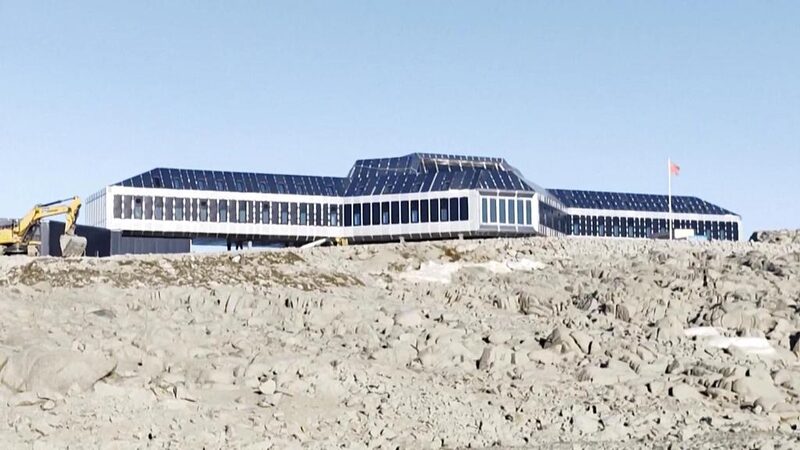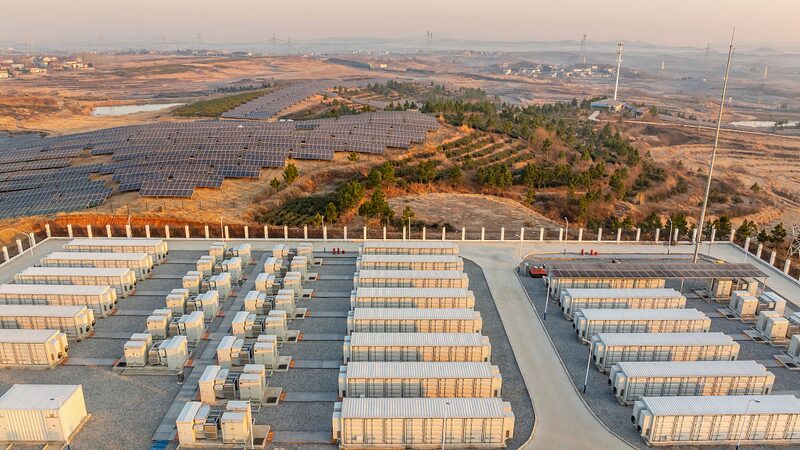China is making significant strides in sustainable scientific research with the upcoming operation of its first large-scale new energy system at the Qinling Station in Antarctica. This milestone, highlighted by the Polar Research Institute of China (PRIC), underscores China's commitment to green energy solutions in extreme environments.
The Qinling Station, China's fifth research outpost on the continent, is also the third capable of year-round operations, accommodating up to 80 personnel during the summer months and 30 in the winter. The recent completion of installations for wind power, photovoltaic systems, energy storage batteries, hydrogen production, and hydrogen energy power generation marks a major advancement in the station's infrastructure.
Photovoltaic and wind power now constitute 60 percent of the station's total energy capacity, ensuring a robust and sustainable energy supply. Sun Hongbin, chief scientist for polar clean energy at PRIC, emphasized the global significance of this project. \"One of the major highlights in the Qinling Station project is its large-scale clean energy system, the first of its kind globally to be implemented in the extreme environment of Antarctica. The entire system is expected to be operational in February, marking a milestone in the efforts to achieve breakthroughs in key technologies for developing energy equipment and systems,\" Sun stated.
To guarantee the system's reliability in Antarctica's harsh conditions, a specialized laboratory was established at a university in Taiyuan City, Shanxi Province. This facility simulates Antarctic weather phenomena such as strong winds, polar sunlight, and the extended periods of daylight and darkness, facilitating thorough research, testing, and maintenance.
Upon completion, the clean energy system will provide power to the Qinling Station for approximately 2.5 hours without wind and sunlight, ensuring continuous and green operation of both scientific research equipment and living facilities. This achievement not only enhances the sustainability of China's Antarctic missions but also contributes valuable insights into renewable energy applications in extreme climates.
Reference(s):
China achieves green scientific research in the polar energy field
cgtn.com






